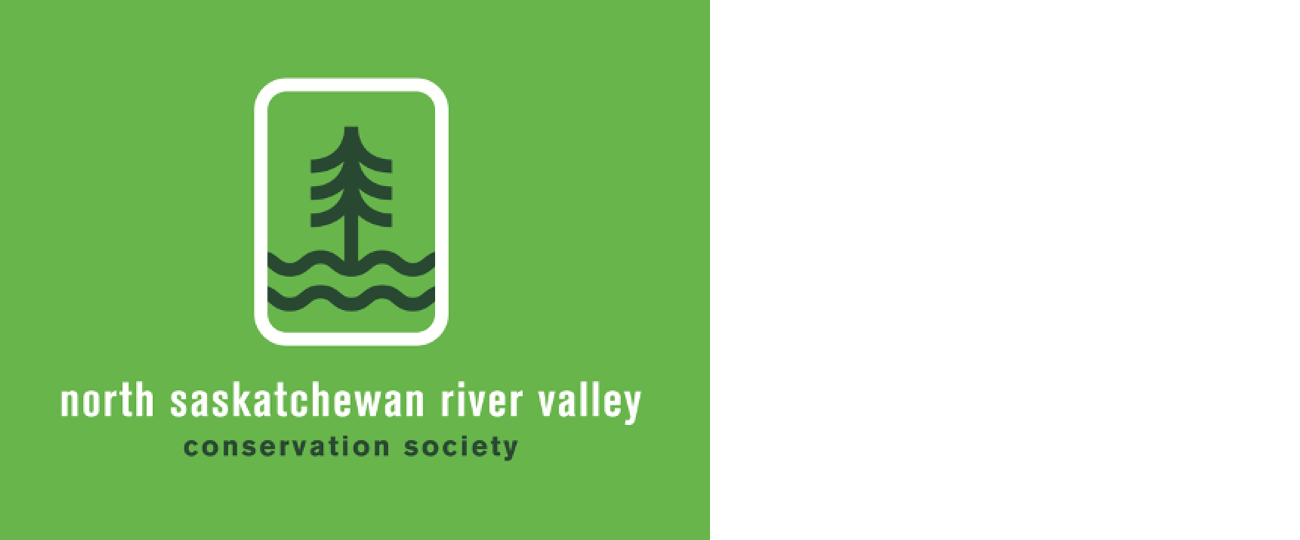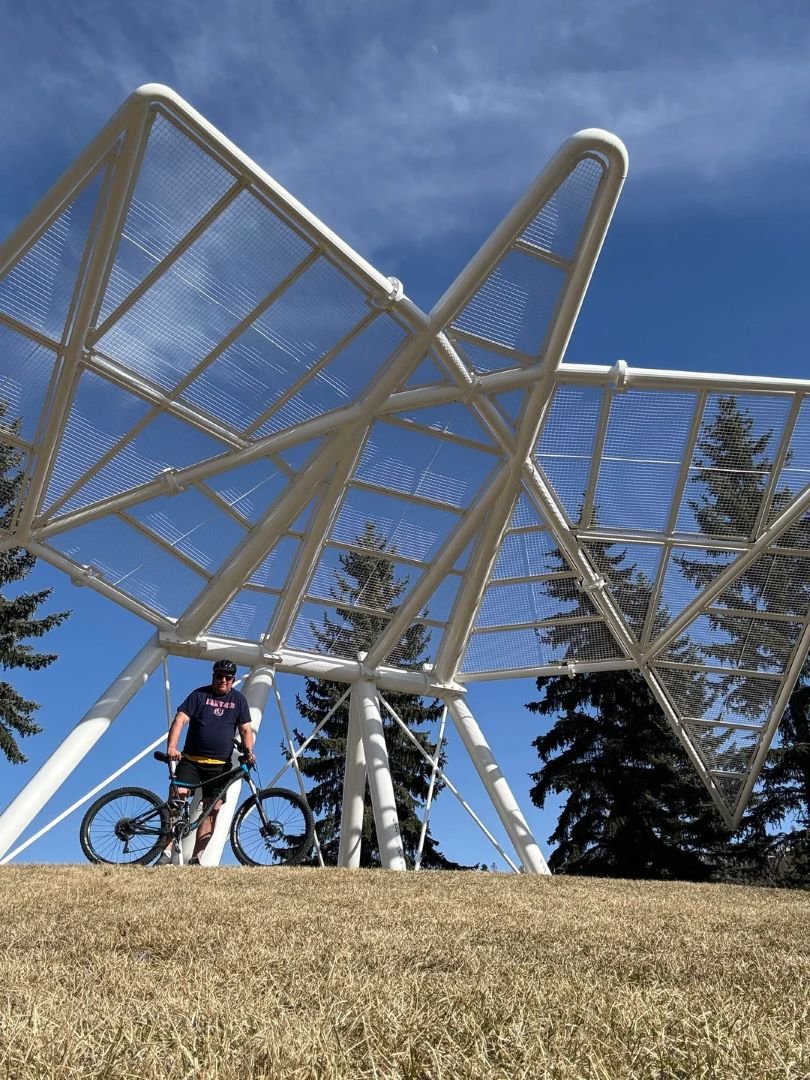New pedestrian and cyclist bridge will improve access to Whitemud Creek
Construction has begun on a new bridge as part of stage two of the Terwillegar Drive Expansion project. The 142 St pedestrian/cyclist bridge will improve access and connectivity for walking, cycling, and rolling in southwest Edmonton and beyond. Construction is underway and expected to be completed in 2025.
The bridge, located across Whitemud Drive near 142 St, will link Brookside and Brookview neighbourhoods to existing active transportation routes. It is a major component of a broader initiative to enhance pedestrian and active transportation infrastructure through the Terwillegar Drive Expansion project.
Key project upgrades include a new shared pathway along the east side of Terwillegar Drive, dedicated pedestrian and cyclist bridge adjacent to the westbound Rainbow Valley Bridge providing access to Whitemud Creek, and upgrades to the shared pathway from 122 Street to 142 Street.
Stage three of the project will include a new pedestrian bridge spanning Anthony Henday Drive between Terwillegar Drive and Rabbit Hill Road. https://www.edmonton.ca/projects_plans/terwillegar_drive/142-street-pedestrian-cyclist-bridge
Volunteers needed to take part in EALT annual snake relocation project
Since 2022, the Edmonton and Area Land Trust has conducted a relocation initiative for Red-sided garter snakes close to one of its conservation lands, maskihkîy meskanaw or Glory Hills. EALT was informed of a garter snake hibernaculum located just outside the boundary of Glory Hills Conservation Land in Parkland County.
The current snake den is next to a paved township road in the ditch, making snakes that move onto the road for warmth at risk of being run over. This snake den was unintentionally created when road access and a culvert were developed for the subdivision.
In collaboration with Alberta Government Species at Risk Biologists and an Alberta Conservation Association biologist and herptile expert, EALT created an artificial hibernaculum at the Glory Hills property in late summer 2022. In early fall, biologists and volunteers monitored the old hibernaculum for snakes returning to this location, trapped them, and relocated them to the new hibernaculum.
Results suggest that EALT has been successful in encouraging snakes to use the human-made hibernaculum. This was further corroborated by findings in Spring 2024 trapping sessions during the snakes' spring emergence. EALT is now recruiting volunteers to assist with the Fall relocation effort, which will take place from September 3 to October 11. https://mailchi.mp/ealt/february-volunteer-opportunities-bkk9jb42s0-17392852?e=3224277182
Fort Saskatchewan to Lamoureux bike tour on September 15
River Valley Alliance is hosting a scenic 20km bike tour at a leisurely pace on Sunday, September 15 from 9:30am to 11:30am. Perfect for everyday riders, this adventure takes you along smooth trails. Whether you are a seasoned cyclist or just looking for a fun way to enjoy the outdoors, this ride offers a wonderful way to connect with nature.
The tour begins at the picturesque West Rivers Edge Pavilion with a 5km loop around the West Rivers Edge trail. After returning to the pavilion, the ride will continue across the underslung bridge to Lamoureux. On the way back, the ride will take an additional smaller loop to highlight the new City Centre Park. The entire route is approximately 20 km, mostly on paved trails.
Bring your own bike or E-bike and ensure your bike is in good working order. Each participant must have a helmet and a bell to participate in this ride. A RVA member will be available to assist with any bike issues and will have a first-aid kit on hand. Dress according to the weather conditions and bring a water bottle to stay hydrated. Parking is available at West Rivers Edge Pavilion. Register at https://rivervalley.ab.ca/events/fort-saskatchewan-lamoureux-rva-bike-tour/
Thimbleweed a flowering plant in the buttercup family
Anemone cylindrica is one of several plants known as thimbleweed. It is a perennial plant native to the prairie ecozone region including the Edmonton ecozone, where it can be found growing in prairies, in dry open woods, along roadsides and in pastures.
Thimbleweed is an upright growing, clump forming herbaceous species of flowering plant in the buttercup family. Plants grow 30–100 centimetres tall, flowering early summer but often found flowering till late summer, the flowers are greenish white.
After flowering, the fruits are produced in dense rounded columned spikes 20–35 millimetres long. When the fruits, called achenes, are ripe they have gray-white colored, densely woolly styles, that allow them to blow away in the wind. The genus name is said to be derived from the Greek word anemos meaning wind. https://en.wikipedia.org/wiki/Anemone_cylindrica
Black flies found worldwide except in Antarctica
Lise writes “Love your newsletter. Really enjoyed the Black Fly NFB video. Typical NFB, reminded me of being a kid in school. I could almost hear the film projector rolling. We never saw that one in school though. Made me smile, though I too, hate black flies!”
The Dove of Peace by Edward J. Williams, Gallagher Park in Cloverdale
Dean Stanford Blade photo
https://www.edmontonarts.ca/public-art/the-dove-of-peace
Comment or Contributions
Please note articles may not reflect the position of NSRVCS. River Valley News is meant to be a clearinghouse for the variety of opinions and ideas about Edmonton’s River Valley.
Email river valley photos, event information, comments, or questions to nsrivervalley@gmail.com
Forward this link to anyone you think may want to sign up for this newsletter https://www.edmontonrivervalley.org/newsletter-signup


















